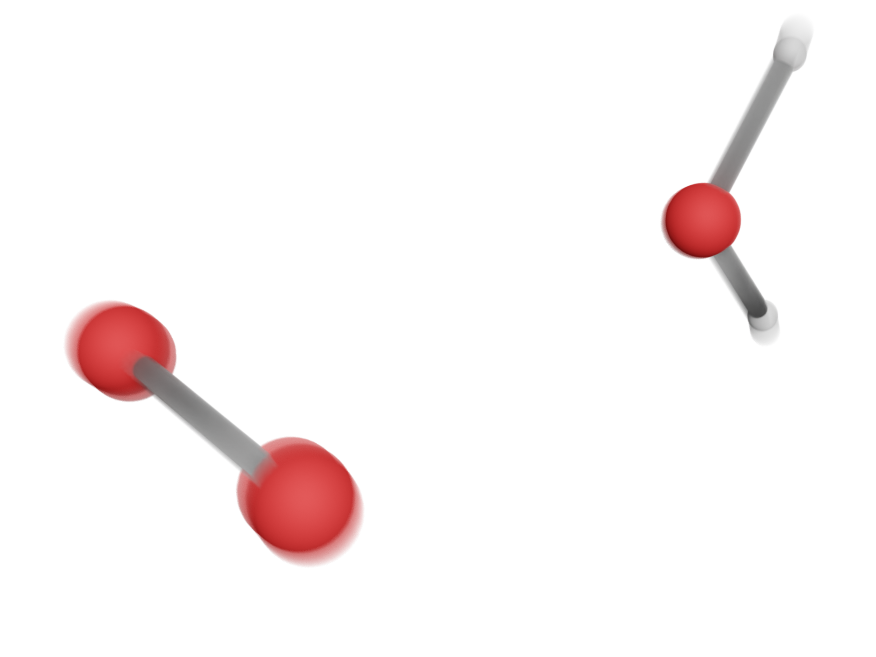Heavy-atom tunneling in singlet oxygen deactivation in water
The singlet state of the oxygen molecule is an important reactive precursor[1] that has applications in biochemistry, synthetic, atmospheric and environmental chemistry. The lifetime of singlet oxygen in solution is principally determined by the rate of its nonradiative decay to the triplet ground state, which is a spin-crossover process (also known as intersystem crossing) in the Marcus inverted regime. The rate constant for the decay can in principle be calculated using Fermi's Golden Rule (FGR), but as this requires solutions to the exact nuclear Schrödinger equation, it is computationally infeasible. Previous attempts at approximating the rate have not accounted for nuclear quantum effects such as tunnelling and zero-point energy[2]. Golden-rule instanton theory is a semiclassical approximation to FGR that captures multidimensional tunnelling and zero-point energy effects by locating the optimal tunnelling path, called the instanton[3]. However, the flux autocorrelation function for this spin-crossover reaction exhibits a singularity and golden-rule instanton theory can therefore not be applied. We present extensions to golden-rule instanton theory that tackle such cases and apply it to calculate the decay rate constant of singlet oxygen interacting with a water molecule using on-the-fly multireference ab initio calculations[4]. The new instanton methods predict a reaction mechanism with significant heavy-atom tunnelling, which corresponds to a 27 order of magnitude tunnelling factor and a large kinetic isotope effect of 20 at room temperature, consistent with experimental data.

[2] Frederik Thorning, Frank Jensen, Peter R. Ogilby,The Journal of Physical Chemistry B, 2020, 124 (11), 2245-2254.
[3] Imaad M. Ansari, Eric R. Heller, George Trenins, Jeremy O. Richardson, Phil. Trans. R. Soc., 2022, A 380: 20200378.
[4] Imaad M. Ansari, Eric R. Heller, George Trenins, Jeremy O. Richardson, in preparation.